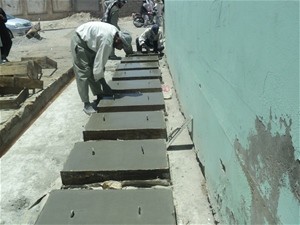
Concrete culvert covers cure under the sun after being fabricated by newly-trained laborers working on a municipal development project in the Qalat District of Zabul Province.
USAID/CADG/CDP
19 SEPTEMBER 2011 | ZABUL, AFGHANISTAN
When considering the challenges and costs of purchasing 160 culvert covers for a project renovating and paving more than 1,300 meters of pedestrian alleyways, USAID seized an opportunity to build the capacity of its labor force by imparting trade skills to local workers and training them how to create concrete culvert covers from scratch.
This decision had three major benefits. First, the overall cost would be less than purchasing pre-fabricated slabs. Second, quality control could be closely monitored – slabs placed recently in the neighborhood by another organization were already crumbling. Finally, making the culvert covers would provide an opportunity to train between 10 and 20 percent of the unskilled labor force in a trade.
In managing USAID projects, Salaam, an engineer for USAID implementing partner Central Asia Development Group, takes every opportunity to train unskilled laborers and increase not only their value to USAID, but their individual employability in an extremely challenging job market. "Qalat is very poor," Salaam reports. "Each day, the mayor’s office has 3,000 people looking for work." USAID’s Qalat projects currently employ approximately 400 laborers.
In helping to advance the skills of his fellow Afghans, Salaam is not only enhancing their professional development, he is directly contributing to the broader transition of responsibility currently underway in Afghanistan. During the next few years, capacity development, both large- and small-scale, will be an essential element to the successful execution of this transition. As coalition forces begin to draw down and transfer the mission of security and development to their Afghan partners, local leaders like Engineer Salaam are working with USAID to ensure that their countrymen will be able to create a concrete path toward a positive future for Afghanistan.

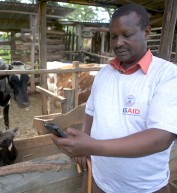

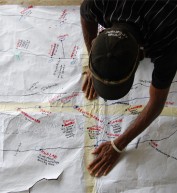
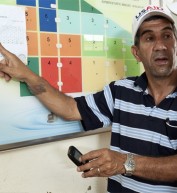

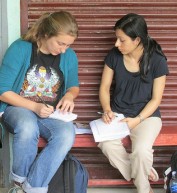
Comment
Make a general inquiry or suggest an improvement.